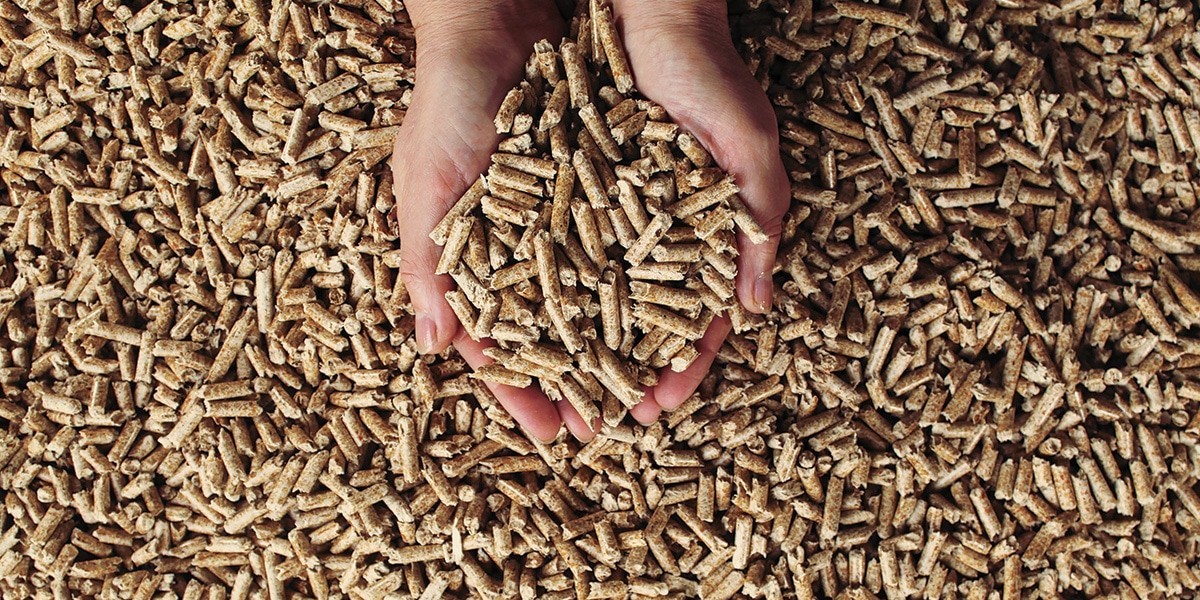Wood Pellets: A Renewable Fuel Shaping the Future of Sustainable Heating
Wood pellets have rapidly grown in popularity as a renewable energy source, offering an efficient and environmentally friendly alternative to traditional fossil fuels. Produced from compressed sawdust, wood shavings, and other biomass byproducts, wood pellets provide clean, consistent heat for residential, commercial, and industrial applications. Their rise reflects a broader movement toward sustainable energy solutions that reduce carbon footprints while supporting local economies.
One of the key advantages of wood pellets is their high energy density. Because the raw materials are finely ground and compressed under high pressure, pellets burn hotter and more efficiently than unprocessed firewood. Their uniform shape and low moisture content—typically below 10 percent—ensure an even, predictable burn that makes them ideal for pellet stoves, boilers, and specialized heating systems. Homeowners appreciate the convenience of pellets because they allow for automated feeding and precise temperature control, resulting in consistent warmth with minimal user intervention.
Wood pellets are also celebrated for their sustainability. Since they are made primarily from wood waste left over from lumber processing and manufacturing, pellet production reduces landfill use and maximizes the value of existing forestry resources. In many regions, pellet mills partner directly with sawmills and furniture manufacturers to repurpose materials that would otherwise go unused. This circular approach supports a renewable energy cycle, promoting better resource management and creating local jobs in the forestry and biomass industries.
From an environmental perspective, wood pellets offer significant benefits. When sourced from responsibly managed forests, they are considered carbon-neutral. This is because the carbon dioxide released during combustion roughly matches the amount absorbed by trees during growth. While some emissions occur during processing and transportation, these levels are generally lower than those associated with fossil fuels. Additionally, modern pellet appliances burn very cleanly, producing far fewer particulates compared to traditional wood stoves. For households seeking to reduce their environmental impact without sacrificing comfort, wood pellets present a compelling option.
The economic appeal of wood pellets further enhances their value. Pellet prices tend to remain more stable than oil or natural gas, which fluctuate with global markets. For many homeowners in colder regions, switching to pellet heat can lead to substantial long-term savings. Commercial facilities—such as schools, hospitals, and municipal buildings—also increasingly adopt pellet heating systems to cut operating costs and reduce dependence on nonrenewable energy sources.
Despite their advantages, wood pellets are not without challenges. Their quality can vary depending on manufacturing standards, affecting heat output and ash production. Consumers are often advised to choose pellets certified by recognized quality organizations to ensure efficient performance. Storage conditions also matter: because pellets absorb moisture, they must be kept dry to maintain their integrity.
Overall, wood pellets have become a cornerstone of modern renewable energy solutions. Their efficiency, environmental advantages, and economic stability make them an attractive choice for heating systems of all sizes. As the world continues to prioritize sustainability and renewable resources, wood pellets are likely to play an even more influential role in meeting energy needs while supporting a cleaner future.



